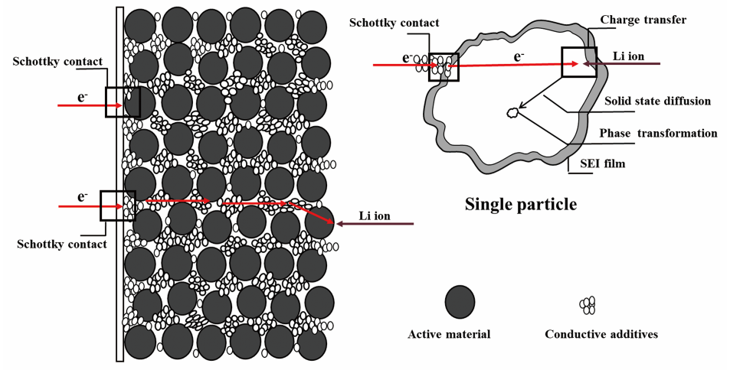 PDF(15008 KB)
PDF(15008 KB)


 PDF(15008 KB)
PDF(15008 KB)
 PDF(15008 KB)
PDF(15008 KB)
锂离子电池的电化学阻抗谱分析研究进展
 ({{custom_author.role_cn}}), {{javascript:window.custom_author_cn_index++;}}
({{custom_author.role_cn}}), {{javascript:window.custom_author_cn_index++;}}Research Progress on Diagnosis of Electrochemical Impedance Spectroscopy in Lithium Ion Batteries
 ({{custom_author.role_en}}), {{javascript:window.custom_author_en_index++;}}
({{custom_author.role_en}}), {{javascript:window.custom_author_en_index++;}}
| {{custom_ref.label}} |
{{custom_citation.content}}
{{custom_citation.annotation}}
|
/
| 〈 |
|
〉 |